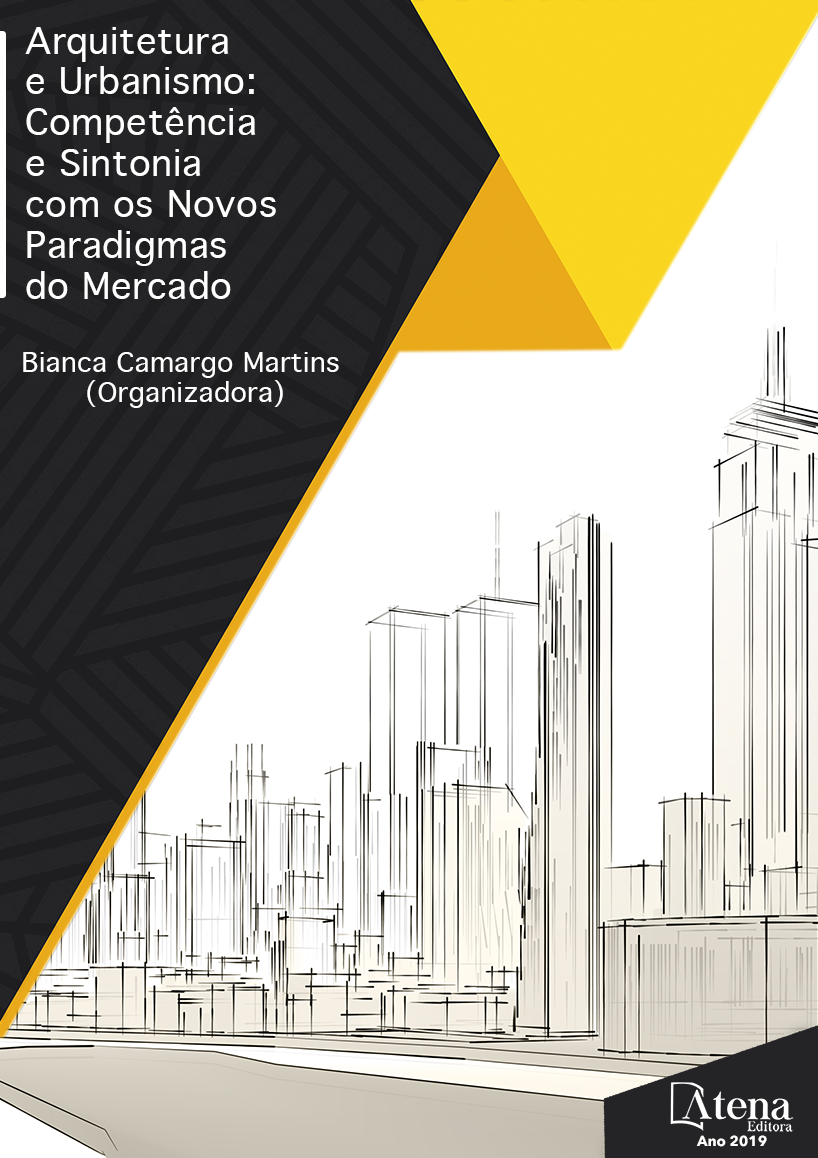
A FERROVIA E SEUS CAMINHOS NO DESENVOLVIMENTO URBANO
Este artigo tem como objetivo analisar
o eixo ferroviário da antiga estação Mogiana na
cidade de Uberaba-MG, compreender a memória
da paisagem exercida por meio dos caminhos da
ferrovia, contribuindo na construção do espaço,
do lugar, do percurso, com preocupação nas
constantes transformações ocorridas em todo
o perímetro urbano a partir da chegada do
transporte ferroviário. A ferrovia é um elemento
que se estrutura por seu próprio eixo, criando
percursos, paisagens que se fundem e
complementam a memória dos seus usuários,
assim se tornou um marco na história para o
desenvolvimento econômico e socioespacial.
Essas mudanças na estruturação dos percursos
criam setores de urbanização identificando
conjunto de relações de diversos elementos
formadores de tipologias através do tempo,
no qual se encontram o passado e o presente,
fazendo uma releitura da consolidação e
formação urbana, o fruto do movimento social
e econômico no desbravamento territorial,
formando um intercâmbio das economias,
de pessoas e transportes de mercadorias.
A pesquisa e o diagnóstico consideram os
preceitos metodológicos utilizados por diversos
autores como Segawa (2002), Del Rio (1990),
Lynch (2011), Cullen (2002), entre outros.
A partir deste trabalho espera-se alcançar
o entendimento dos processos necessários
para preservar as características culturais da
arquitetura urbana.
A FERROVIA E SEUS CAMINHOS NO DESENVOLVIMENTO URBANO
-
DOI: 10.22533/at.ed.85619180712
-
Palavras-chave: Ferrovia; paisagem; patrimônio; urbano.
-
Keywords: Railroad; Landscape; Heritage; Urban.
-
Abstract:
This article aims to analyze the
railway axis of the old Mogiana station in the
city of Uberaba-MG in order to understand the
memory of the landscape exercised through the
railroad tracks, contributing to the construction
of space, place and route, with concern of the
constant changes occurring throughout the
urban perimeter since the arrival of rail transport.
The railroad is an element that is structured by
its own axis, creating routes and landscapes
that merge and complement the memory of
its users, thus becoming a landmark in history
for economic and socio-spatial development.
These changes in the structure of the paths
create urbanization sectors, identifying a set
of relationships between different typological
elements through time, in which the past and the
present are found, re-reading the consolidation
and urban formation, the fruit of the social and economic movement in the territorial
unfolding, forming an interchange of economies, people and transports of goods. The
research and the diagnosis consider the methodological precepts used by several
authors such as Segawa (2002), Del Rio (1990), Lynch (2011), Cullen (2002), among
others. From this work on, it’s expected to reach the understanding of the processes
which are necessary to preserve the cultural features of the urban architecture.
-
Número de páginas: 15
- ADRIANA CRISTINA GONÇALVES SOUSA
- Adriana Cristina Gonçalves Sousa


